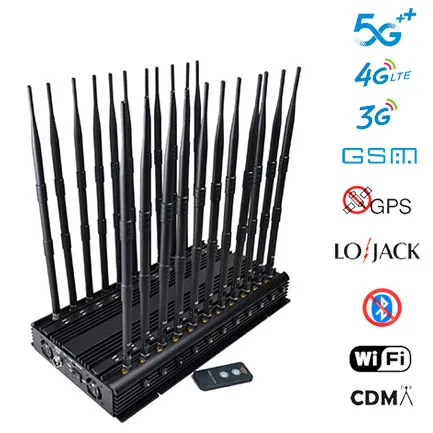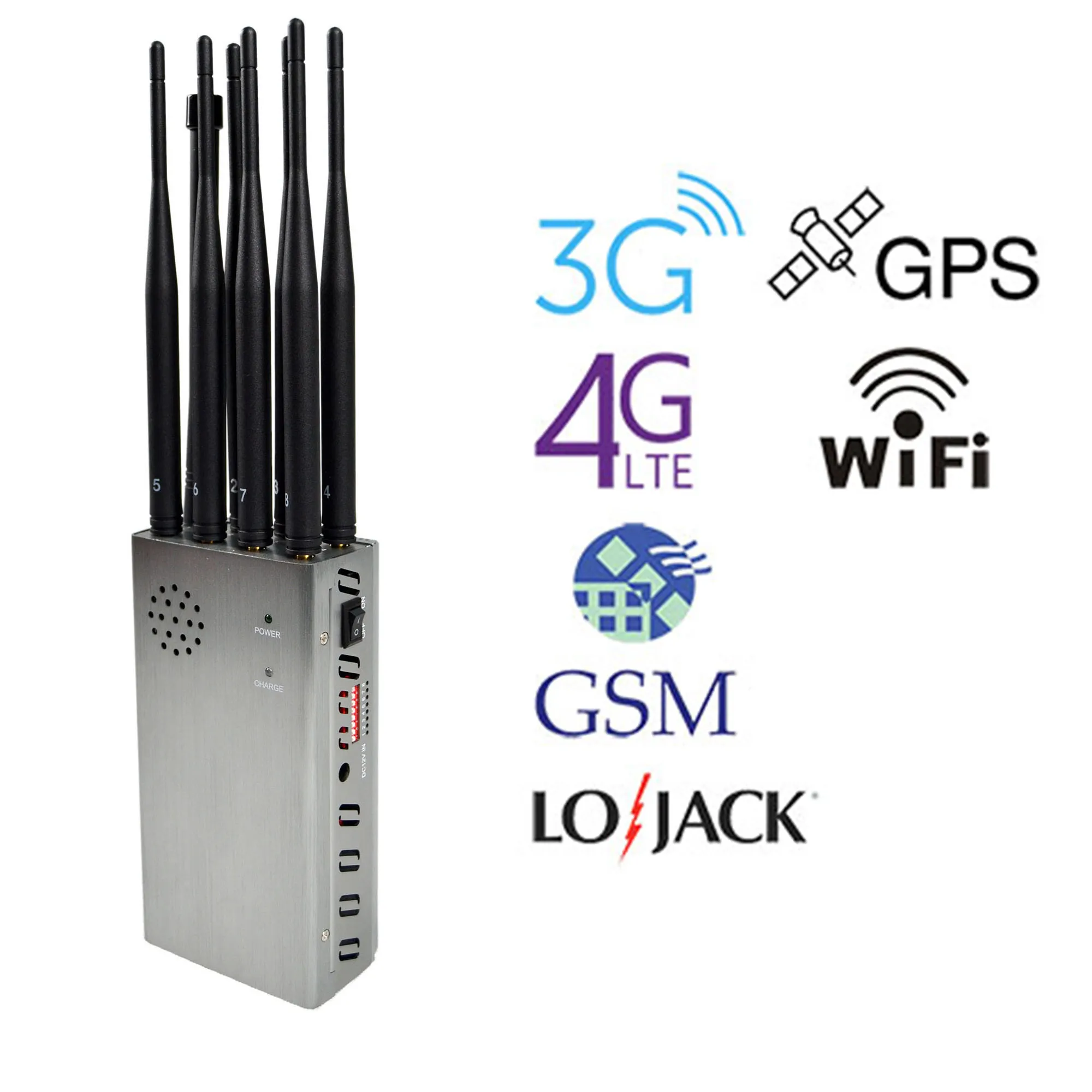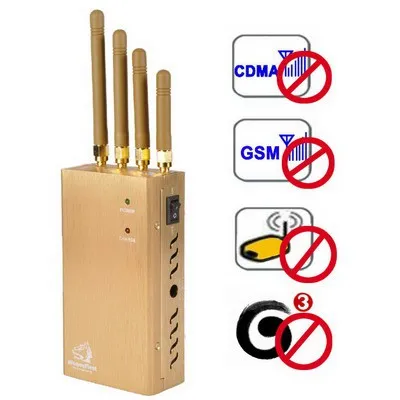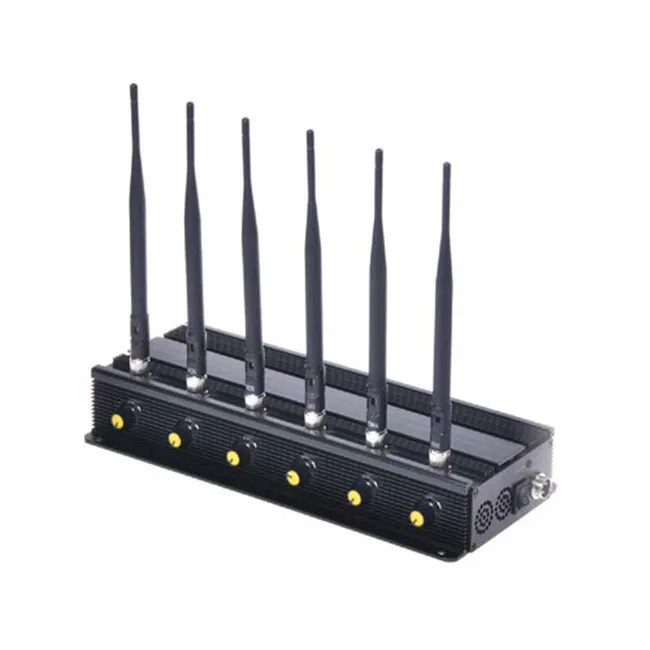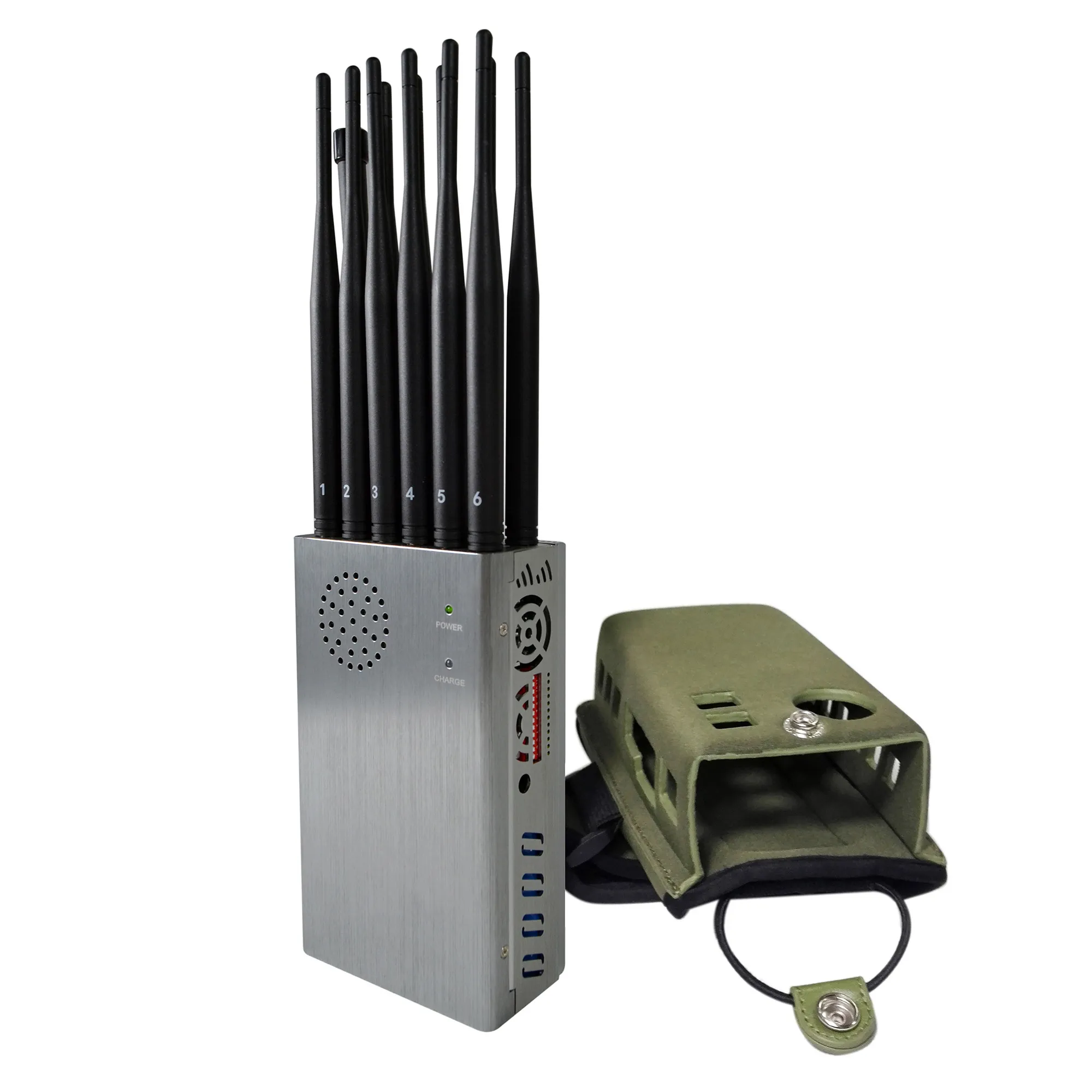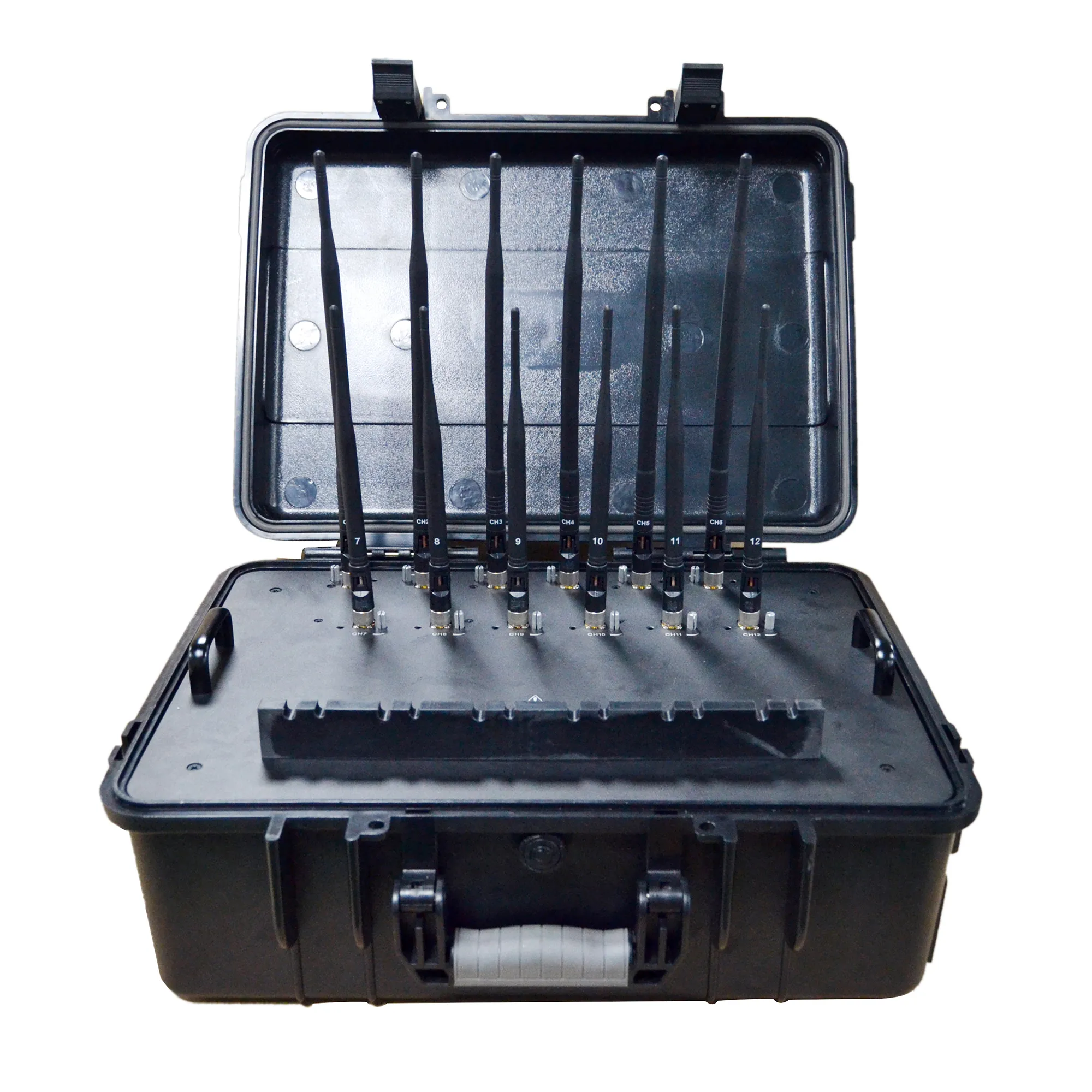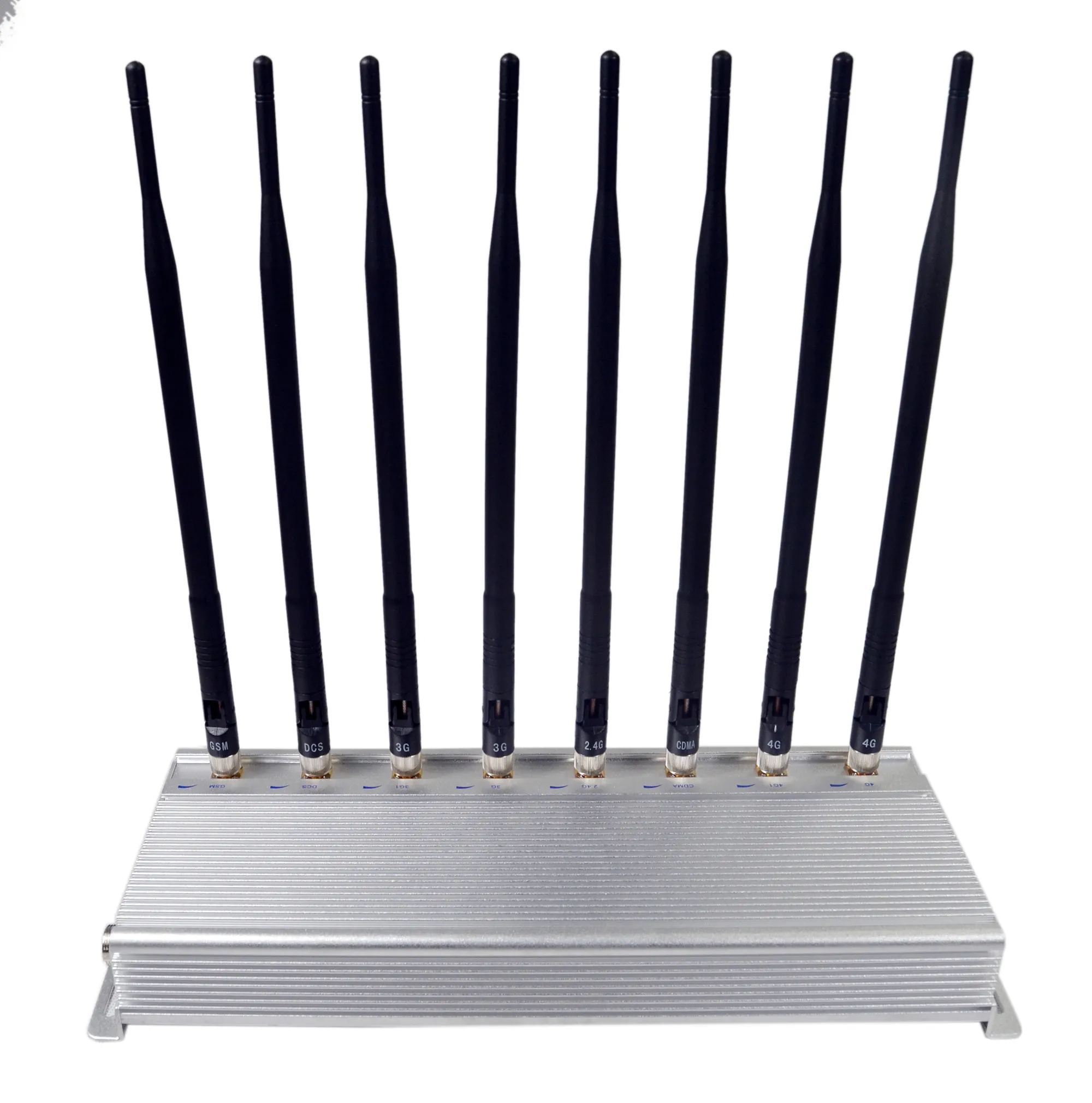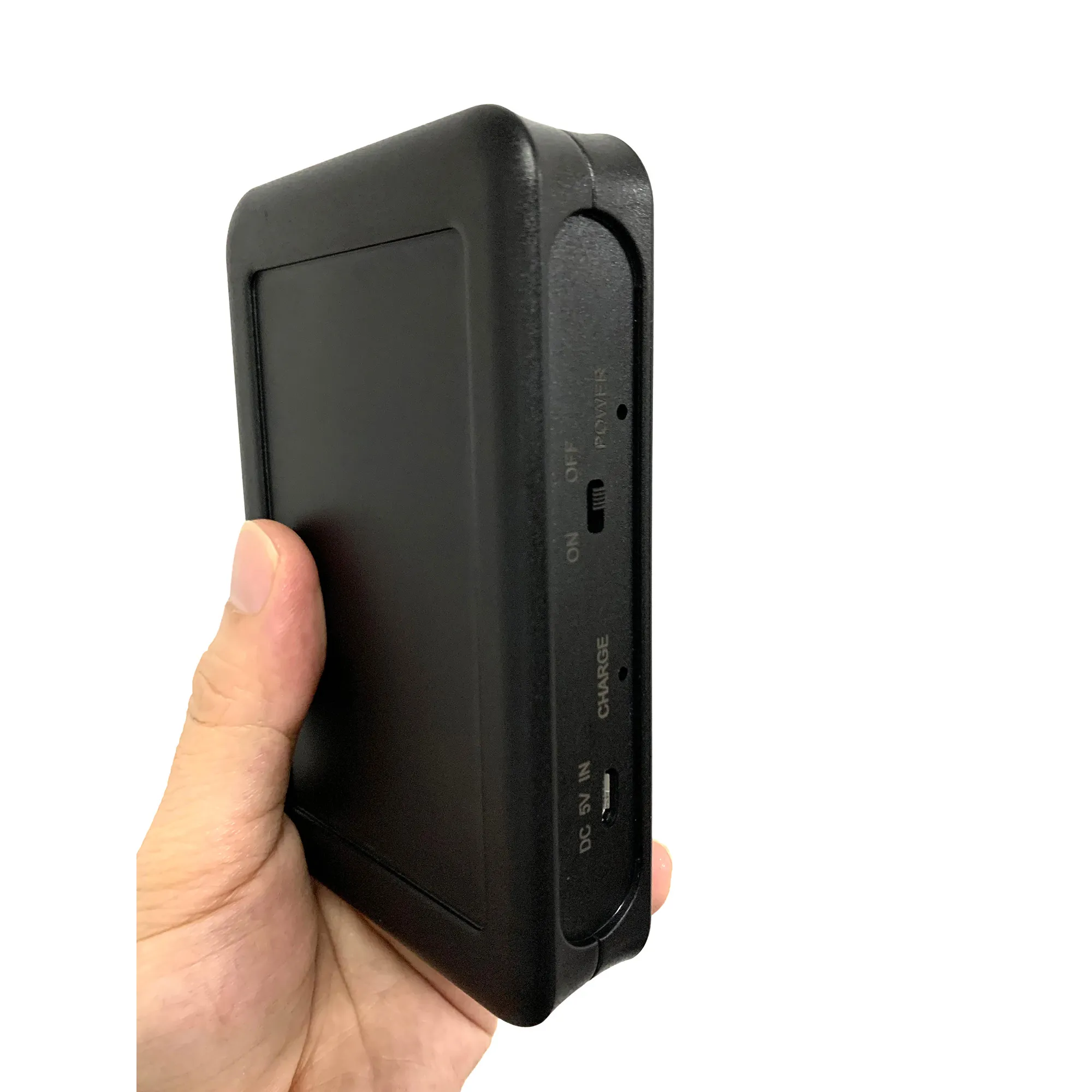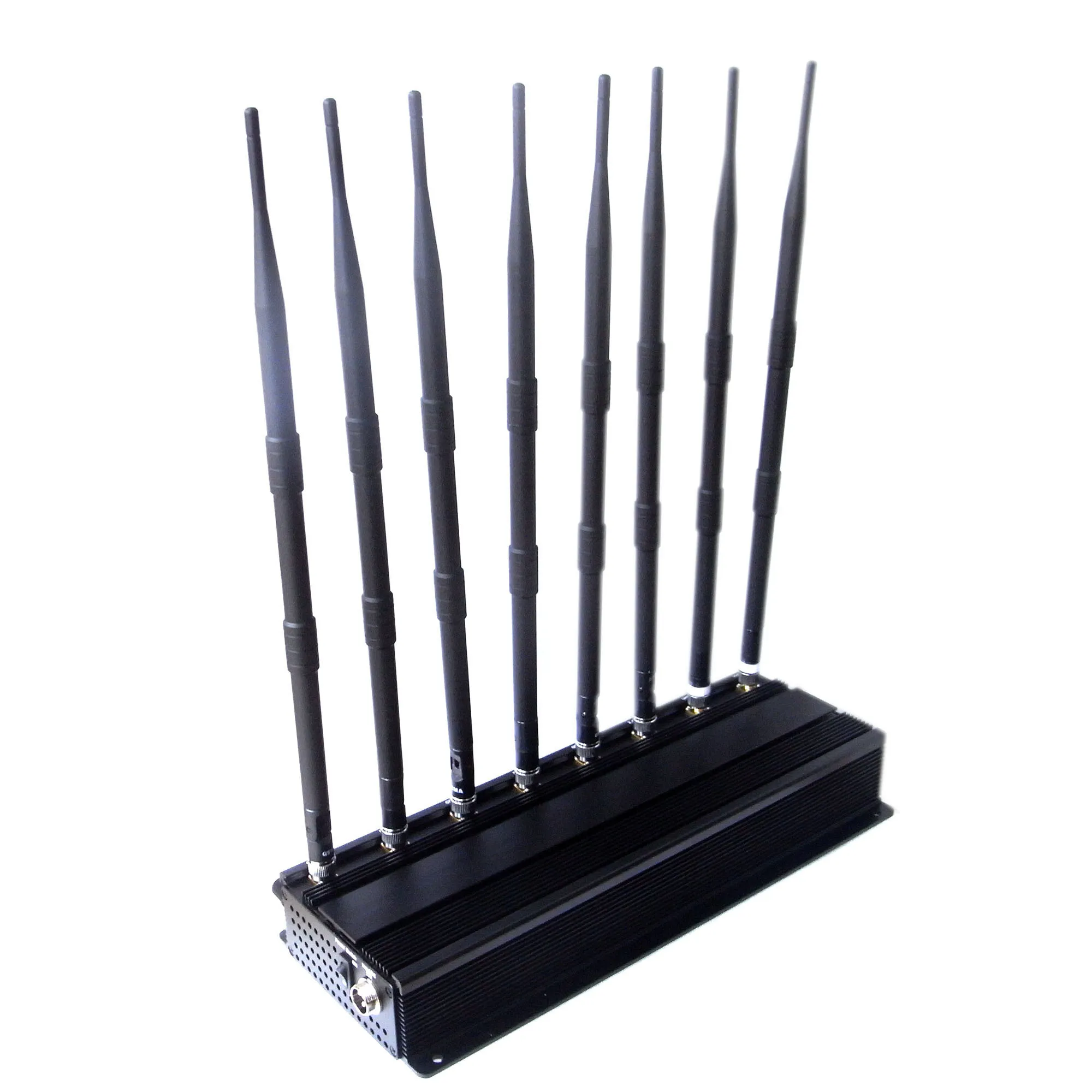
US Department of Homeland Security officials said at a GPS meeting on Tuesday that detectors installed on toll road toll gates can help locate GPS interference sources. In November 2009, the Federal Aviation Administration (Federal Aviation Administration) encountered a GPS system failure, which was unable to provide accurate landing information at Newark Liberty International Airport. Officials finally blamed the problem on a truck driver on the adjacent New Jersey toll road that used a jammer to escape the company's operations center. But the search took a year and a half.
John Merrill, DHS location, timing and navigation project manager, said at a civil GPS service conference that a quicker way to detect jamming signals is to install sensors on the toll booth and pair it with a camera system, To identify vehicles equipped with gadgets. Nashville Interface Committee. The Federal Communications Commission banned the sale and operation of all signal jammers, including GPS jammers, but Merrill said that Internet searches prior to the meeting resulted in the word "GPS jammer" hitting nearly 2 million views. The cost of buying these devices online is as low as $30.
In a speech at the Telecommunication Systems Synchronization Seminar held in Broomfield, Colorado in March this year, Merrill Lynch pointed out that it was not until April 2011 that the FAA and FCC found cell phone blocker operating on New Jersey toll roads. The Federal Aviation Administration (FAA) suspected interference in 2009, but it was not until February 2010 that the Federal Aviation Administration (FAA) and the Federal Communications Commission (FCC) deployed radio frequency detection devices and determined that the source of interference was moving slowly. Only then began to identify the problem. They eventually used mobile and fixed detection devices and cameras to locate the truck and grab the equipment.
Merrill Lynch said that the Department of Homeland Security has developed a national interference detection system called Patriot Watch, which will input FAA and FCC information into a database that analysts can use to find error signals. Merrill Lynch said at the Nashville meeting that since the development of GPS in 1973, it has become a key component of a series of military and civilian critical infrastructure systems. Now these systems are essential for air, sea and ground operations. They also provide precise timing signals for wired and wireless network operations.
Colonel Bernie Gruber, director of GPS at the Los Angeles Air Force Space and Missile Systems Center, said at the meeting that today there are approximately 1 billion civilian GPS receivers in use. Russia has been developing its global navigation satellite system since 1976. Currently, 24 satellites are in orbit, while 31 GPS satellites are in orbit. Many manufacturers have started to produce dual GLONASS/GPS receivers, which provide higher accuracy compared to GPS-only receivers. Ray Clore, a senior GPS consultant at the State Council’s Office of Space and Advanced Technology, said at the meeting that Russia hopes to establish a GLONASS surveillance site in the United States. He said that discussions on this requirement are ongoing.


